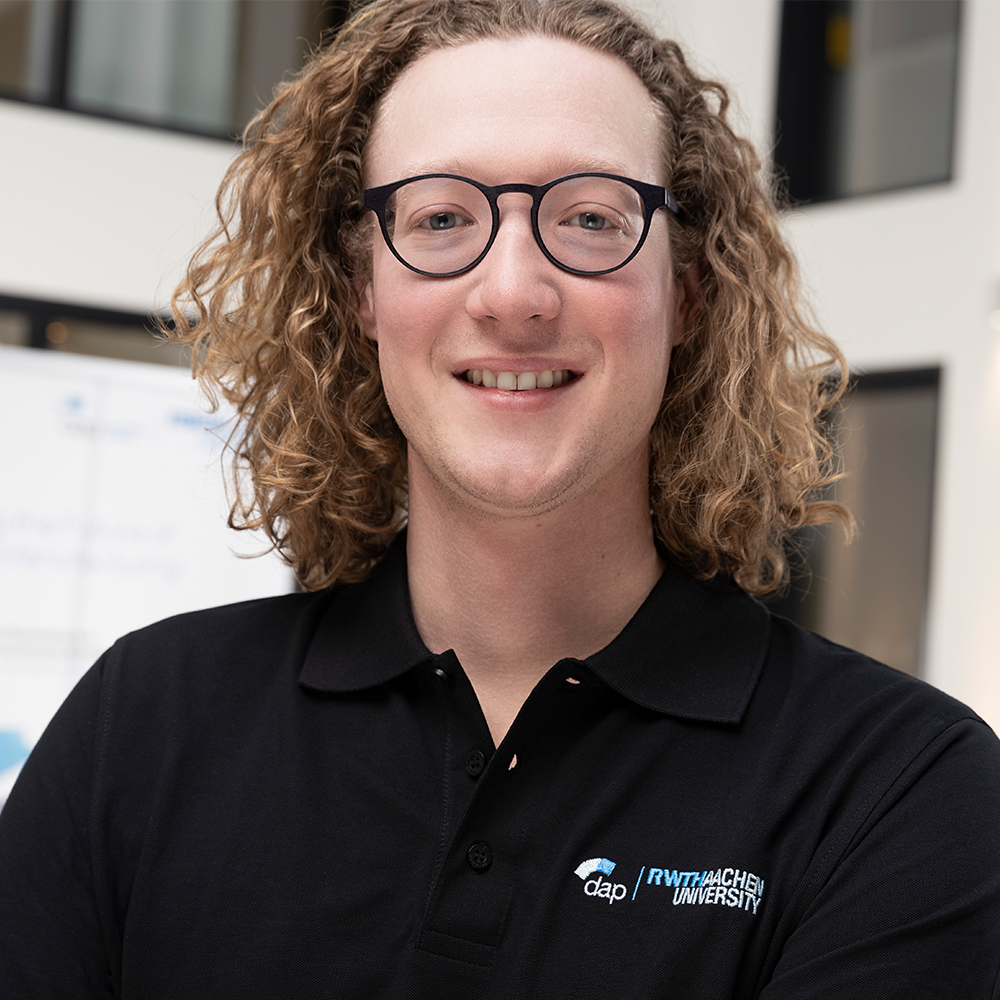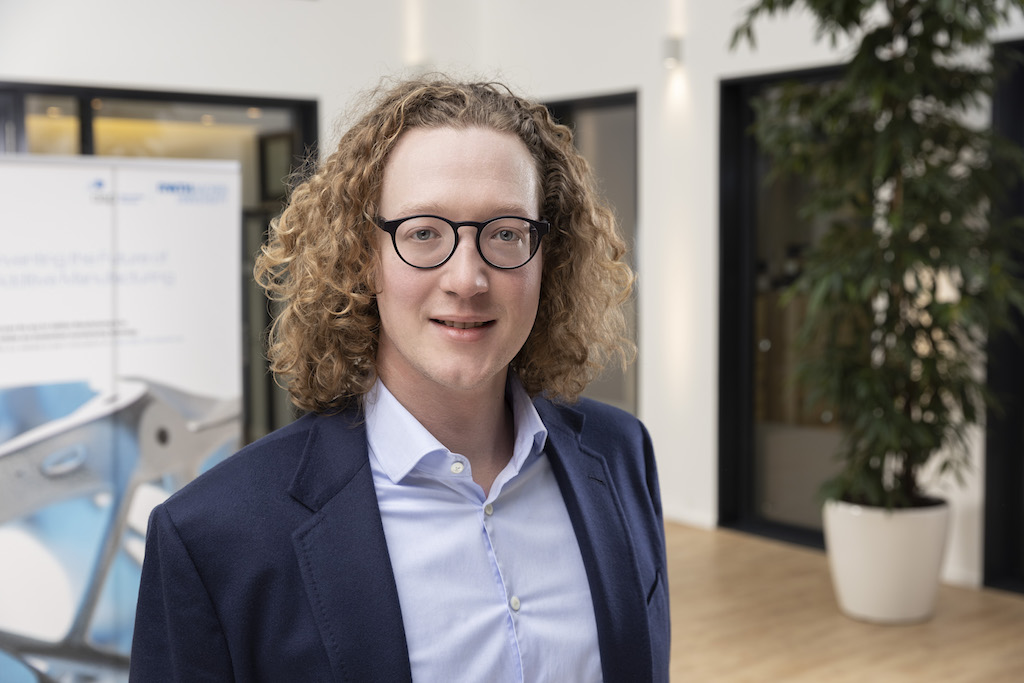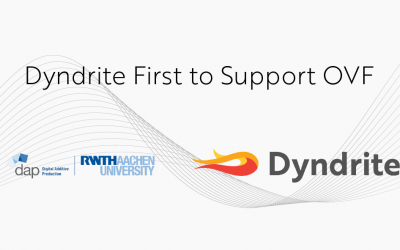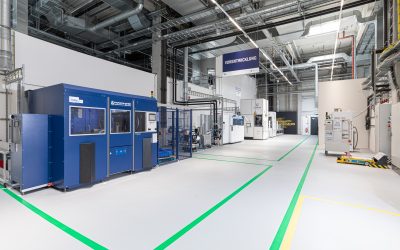The Faces beyond Our Research
#IamDAP: Max Voshage
Since the foundation of the DAP Chair in 2016, Max has been on board as a research associate. He has been part of the Aachen 3D printing ecosystem since 2010 and is particularly active in the field of Laser Powder Bed Fusion (LPBF). In his dissertation, he is working on the processing of zinc-magnesium alloys using LPBF. The overall goal is the fabrication of bioresorbable and patient-specific implants. Since 2018 he is group leader of the Advanced Processes group.
→ Max’ Profile at a glance
Max, you were born in Hanover. Your mechanical engineering studies brought you to the RWTH Aachen. Why did you choose this university in particular?
Although Hanover and its best “High German” is constantly being underestimated, I was keen to move to a new city for my studies. RWTH Aachen University has always been known for its good reputation in the field of engineering and accordingly I decided that Aachen would be my future home of choice. At that time, I had no idea that this was also home of metallic 3D printing.
Early in your studies, you came into contact with Additive Manufacturing and Medical Technology. What makes you enthusiastic about this area of research?
My affinity for medicine and medical technology was passed on to me by my family, although the concept of “night duty” never excited me as a child. For this reason, I put my focus on mechanical engineering and deepened my knowledge in medical technology in my master’s degree. The contact to Additive Manufacturing at the Fraunhofer ILT in 2010 was more of a coincidental nature, as I was looking for a student assistant job to gain practical experience alongside my studies.
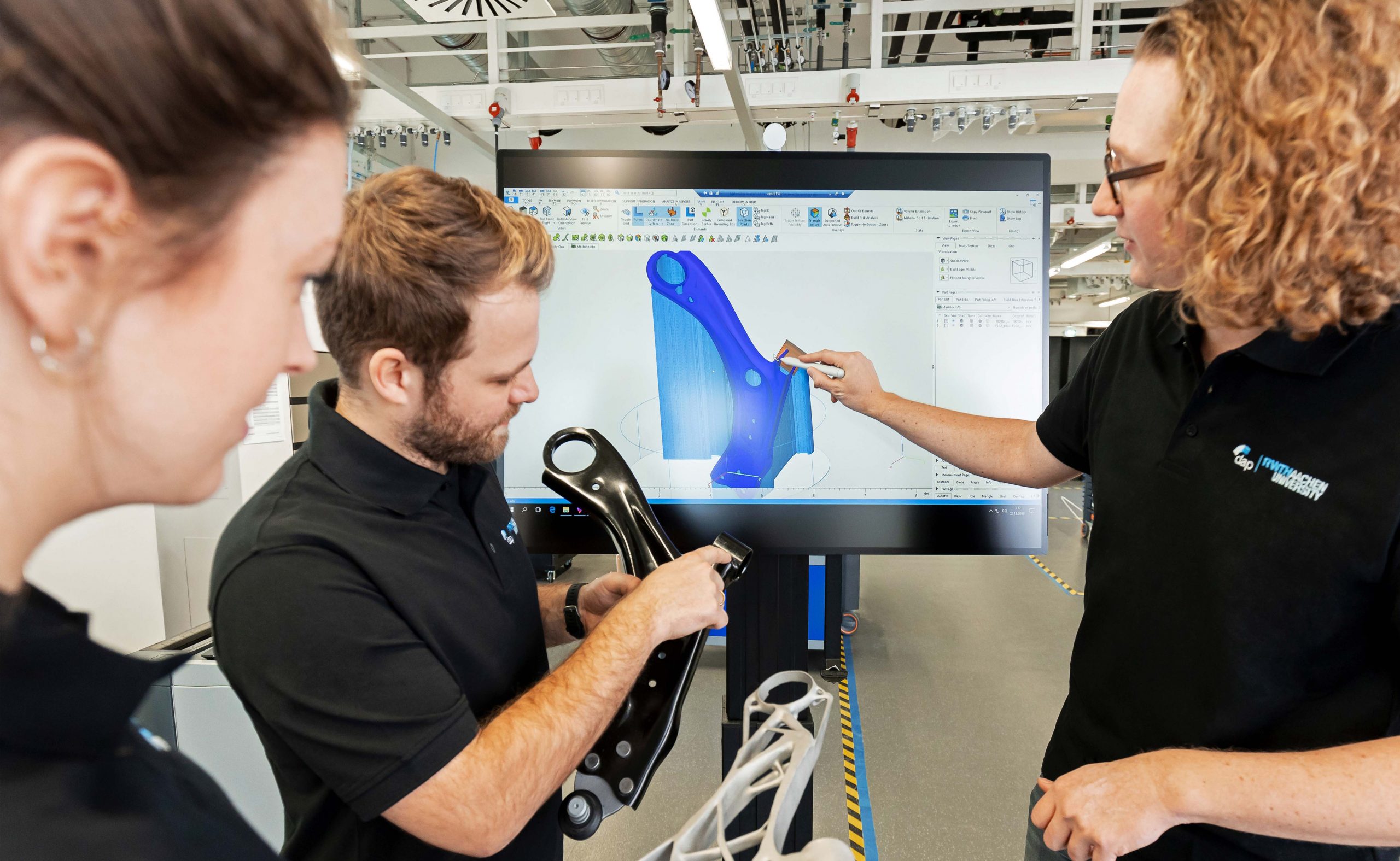
You have been stuck to research in this field to this day. What are you currently working on and what is particularly challenging?
Is there a specific application example for your research?
One application example is large-area bone defects. They are often caused by tumors. In this case, entire bone areas have to be removed and then filled up again. In the future, the investigated zinc-magnesium implants can play a major role in this filling. Furthermore, permanent bone implants, as they are currently used, also have their limits especially when used for children in the growth years: they may have to be regularly adjusted in complex operations. In addition to the accuracy of fit and the stability of additively manufactured implants, the focus, in this use case, is particularly on the resorbing factor of the implant, since the patient-specific design supports self-healing of the bone enormously.
That sounds like pioneering research for implantology and surgery!
In winter you are drawn to the snow on the slopes, you like skiing. I hope there have been no bone injuries for you yet! Do you have a favorite slope or ski resort?
Given the distance from Aachen to the mountains, I’m happy about any opportunity to get into the snow – I’m not picky about the location. It should be said, however, that neither the indoor ski slope in Landgraaf nor the one in Neuss can replace the fresh powder on the slopes and the crackling under the shoes in the snow. So far, I luckily haven’t broken anything on vacation.
Fortunately,…!
That would certainly have gotten in the way of your other passion: You’ve recently finished repairing an old Schwalbe. How did you get to this?
I bought the Schwalbe from my first salary in 2016. The orange beauty has always served me well in the “mountainous” Aachen, until the splined shaft broke…not even Additive Manufacturing could help and the engine had to be overhauled. The repair went on and on for a few years and the orange Schwalbe in front of the RCDPP building became a popular influencer motif at the RWTH campus. The repair was eventually put into professional hands and with another month’s salary, the good piece is now better than ever.
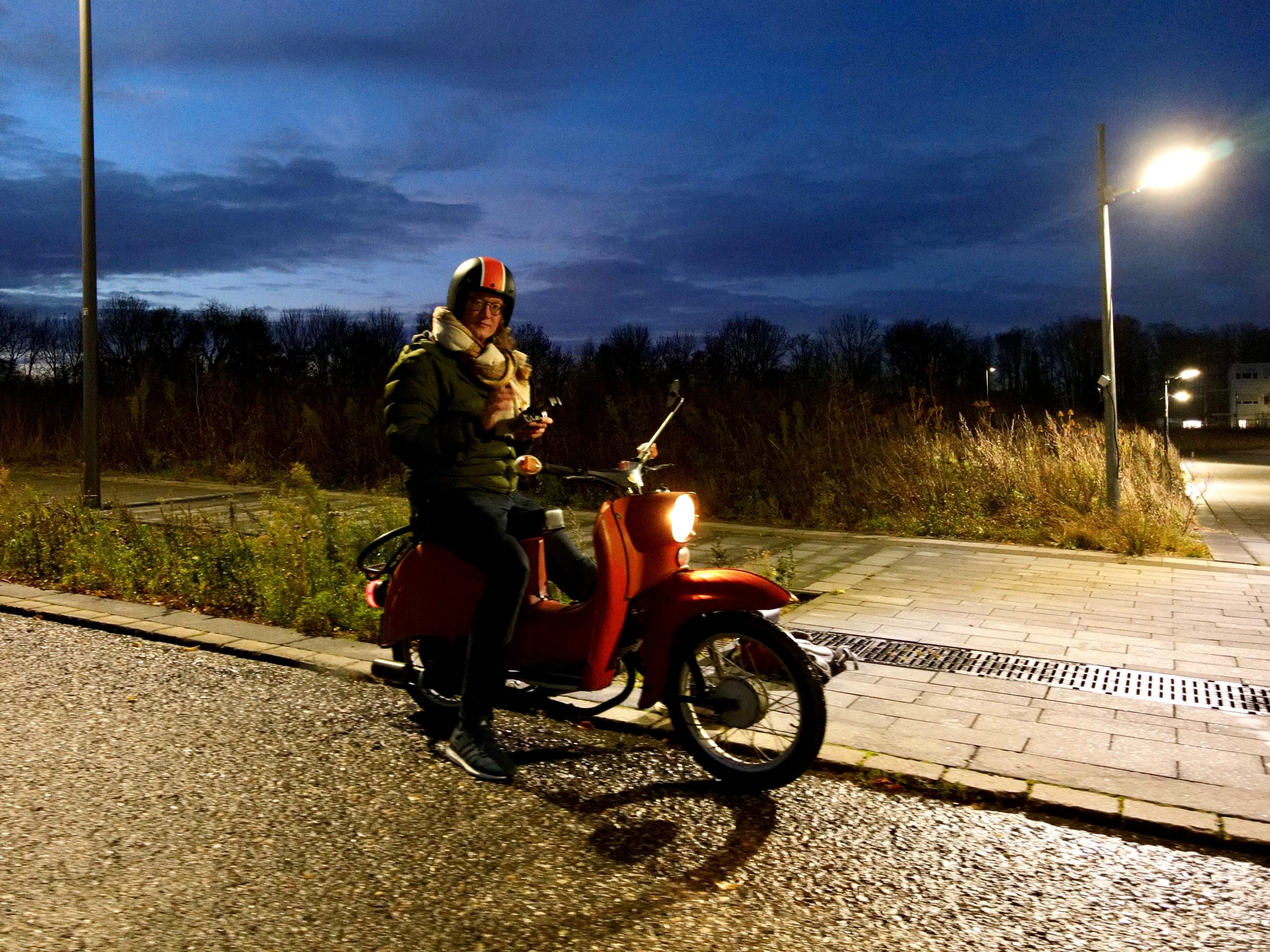
Maximilian Voshage, M. Sc.
RWTH Aachen Chair
Digital Additive Production DAP
Campus-Boulevard 73
52074 Aachen
Further News
Dyndrite First to Support New LPBF Open Vector Format (OVF)
Dendryte Press Release, October 31TH, 2022 Dyndrite First to Support New LPBF Open Vector Format (OVF)SEATTLE, WA, Monday October 31, 2022. — Today, Dyndrite™, providers of the GPU-accelerated computation engine used to create next-generation digital manufacturing...
Project IDAM is a complete success: An important milestone in the additive series production of automotive parts
press release, June 22TH, 2022 Project IDAM is a complete success: An important milestone in the additive series production of automotive partsA consortium of 12 project partners has set up two fully automated production lines for the additive series production of...
Open Vector Format Reduces the Size of Multidimensional Manufacturing Data Volumes for Laser Powder Bed Fusion
Press Release, April 25TH, 2022 Open Vector Format Reduces the Size of Multidimensional Manufacturing Data Volumes for Laser Powder Bed FusionStreamlining data volumes while simultaneously increasing data depth of 2D manufacturing data for Laser Powder Bed Fusion...
This picture shows a component that was developed in one of our projects together with Kueppers Solutions GmbH.

